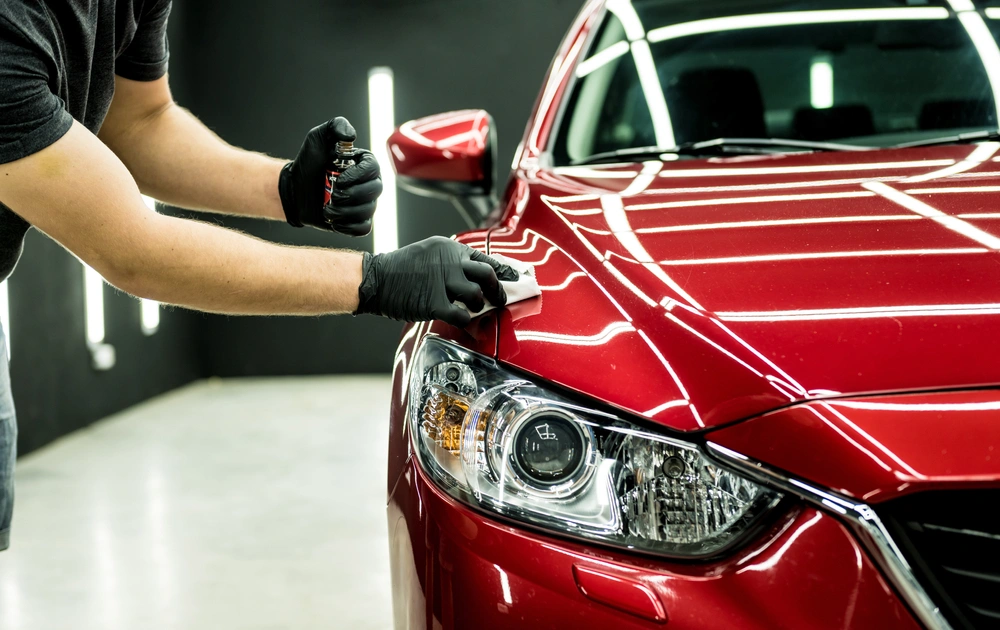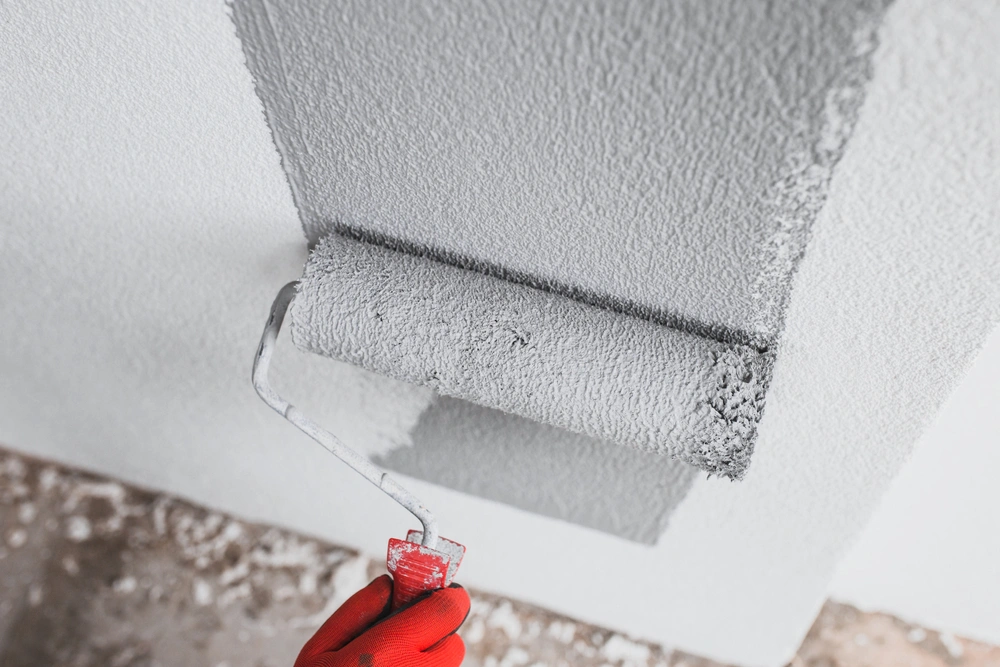When people think about technology, they often imagine smartphones, artificial intelligence or electric cars. But some of the most transformative innovations are happening at the microscopic level, on the very surfaces we interact with every day. Protective and functional coatings are no longer reserved for niche industries but are quietly reshaping how we care for the objects we rely on. From medical devices to buildings and even vehicles, coatings are becoming the invisible guardians of modern life.
When people think about technology, they often imagine smartphones, artificial intelligence or electric cars. But some of the most transformative innovations are
Table of Contents
Nanotechnology at Work
Advancements in nanotechnology have played a central role in the evolution of surface science. Coatings can now be engineered at the molecular level to repel water, resist heat or even self-heal after minor damage. These developments are already being deployed in consumer products. Smartphones benefit from scratch-resistant glass, laptops are designed with anti-smudge finishes and clothing brands experiment with fabrics that repel stains. All of these features rely on coatings that are so thin and subtle that most users never notice them.
Beyond Aesthetics: Coatings as Protection

What makes modern coatings remarkable is that they go far beyond aesthetics. It not only keeps something shiny or looking new but extends the lifespan of materials and improves their functionality. Buildings, for instance, often incorporate weather-resistant paints and sealants to withstand decades of rain, wind and sun exposure. In healthcare, specialized antibacterial coatings on surgical instruments and hospital surfaces help reduce infection rates. In each of these cases, the science of surfaces plays a direct role in improving safety, durability and efficiency.
Everyday Luxury and Practicality
Surface protection is no longer confined to industrial or scientific settings, but has made its way into daily life. Homeowners invest in countertops with coatings that resist scratches and stains. Travelers buy luggage treated with protective sprays that keep fabric from wearing out too quickly. Even within the automotive world, protective finishes have become part of the ownership experience. A popular example is car ceramic coating, which adds a protective layer that guards against scratches, UV rays and environmental pollutants. While few people think about the chemistry behind it, this kind of innovation demonstrates how coatings seamlessly blend luxury with practicality in everyday life.
Also Read
The Future of Coatings in Technology

Looking ahead, coatings are poised to play an even bigger role in cutting-edge technology. Researchers are working on surfaces that can generate electricity from solar energy, capture carbon from the air or change properties in response to environmental conditions. Imagine windows that can darken automatically on hot days or coatings that allow vehicles to stay cleaner for longer by repelling dust and grime. These breakthroughs could have significant implications not only for convenience but also for sustainability, reducing the need for excessive cleaning, energy use or material replacement.
An Invisible Layer of Innovation
What makes coatings so fascinating is that they often go unnoticed. Unlike a new gadget or app, you can’t always see or touch the difference they make, yet their impact is profound. They protect the devices we use every day, extend the life of infrastructure and even safeguard our health. In an era where technology is often measured by what we can hold in our hands, coatings remind us that some of the most powerful innovations exist on the surfaces that surround us.
The next time you admire a gleaming building, tap on a scratch-free phone screen or notice your car’s paintwork holding up against harsh weather, you’re seeing surface science in action. These invisible layers may not grab headlines, but they’re quietly powering modern life in ways we’re only beginning to fully appreciate.






